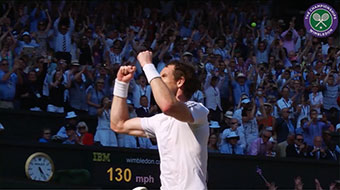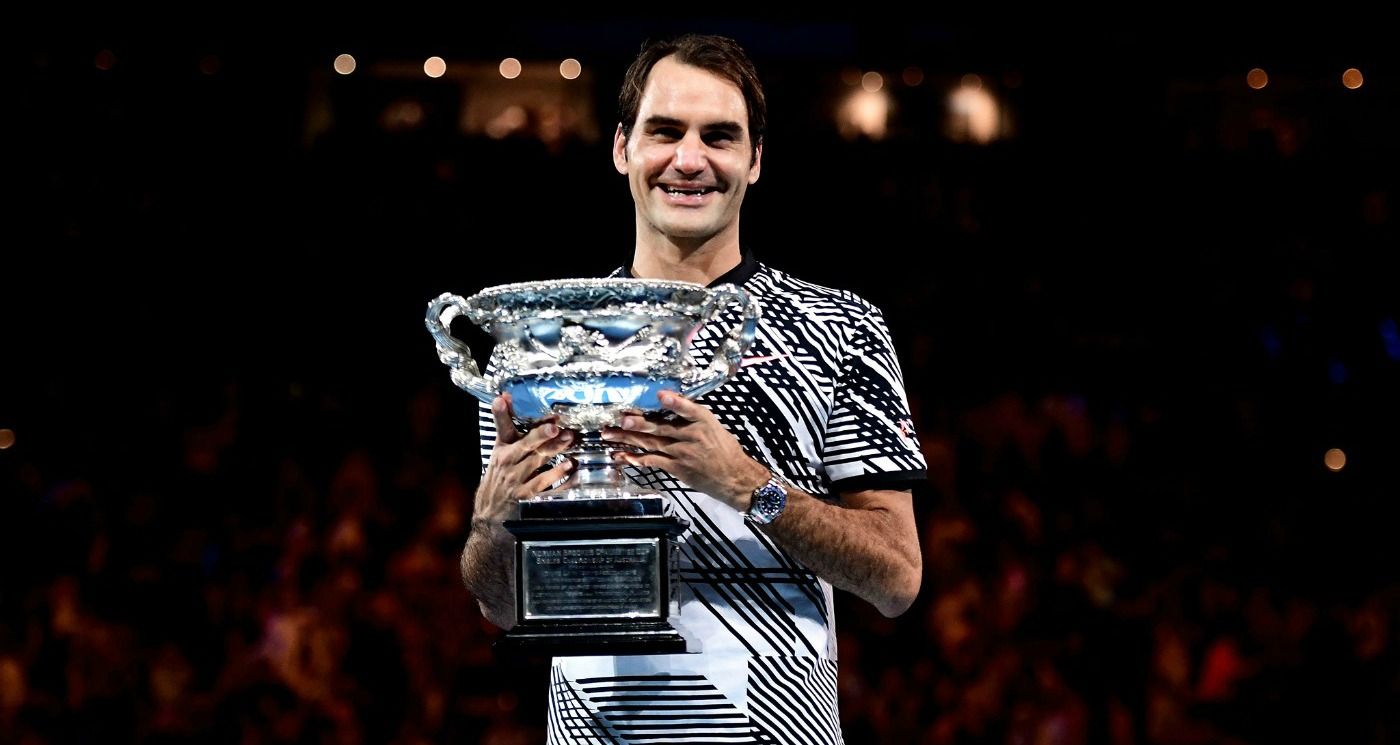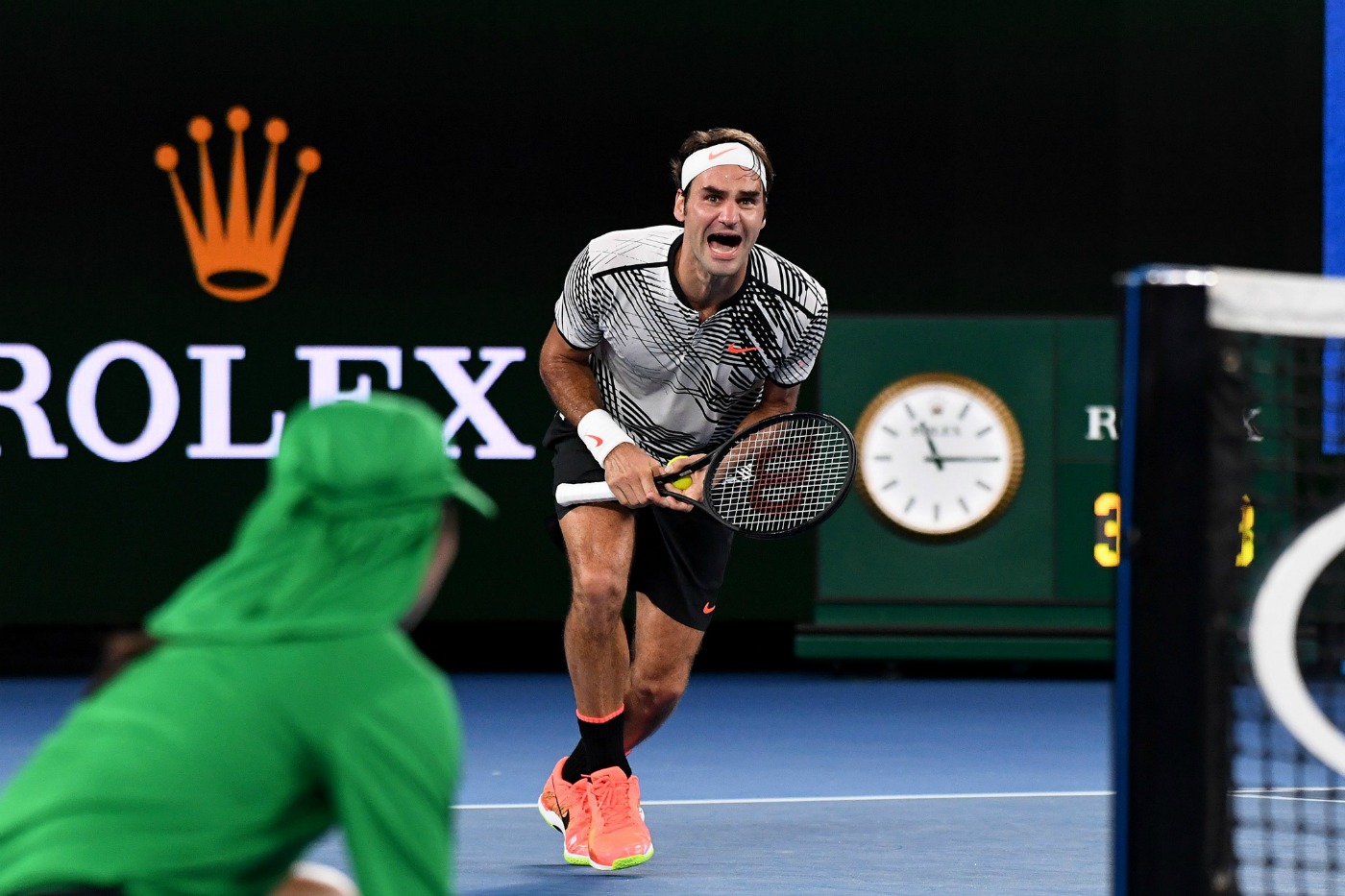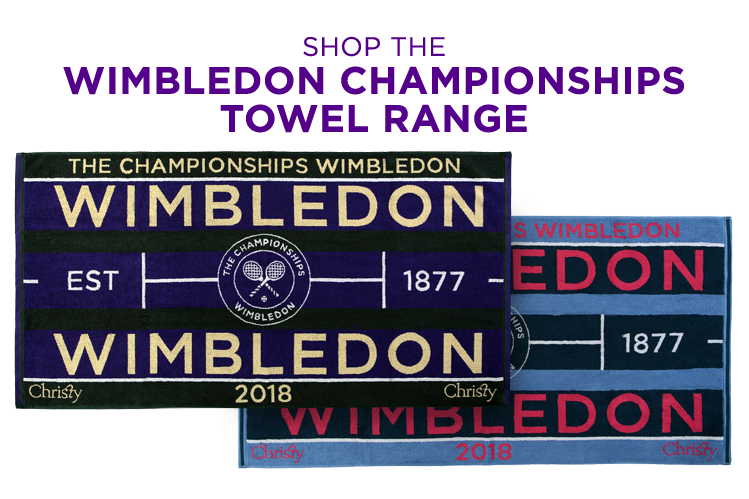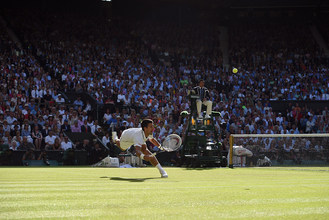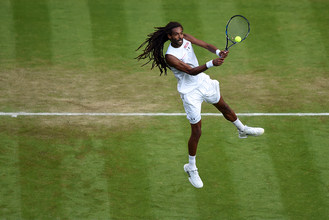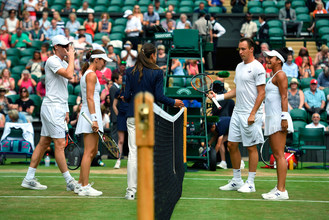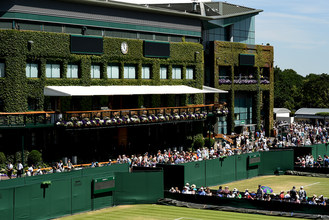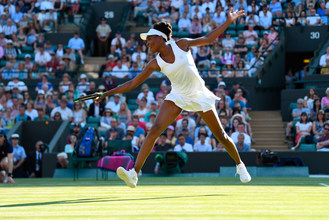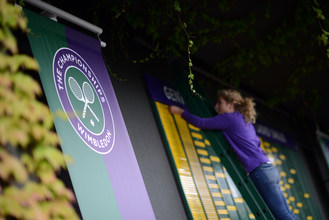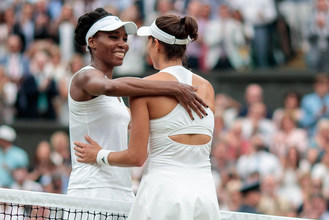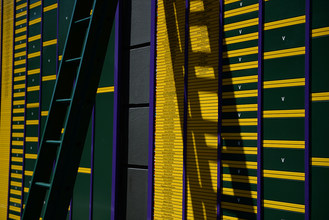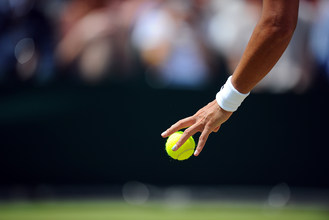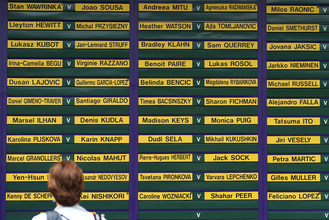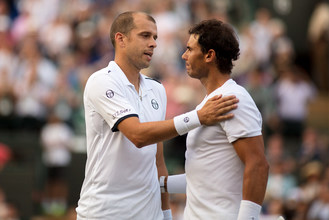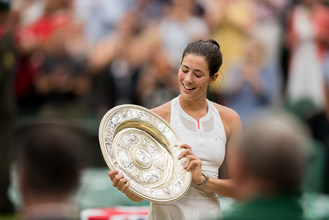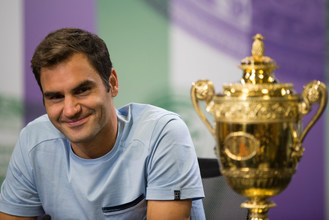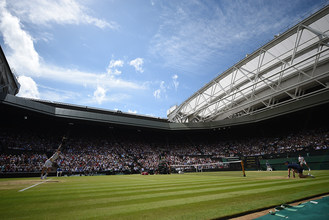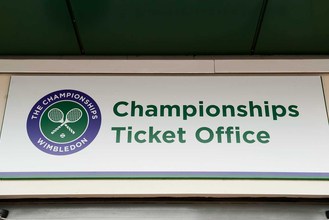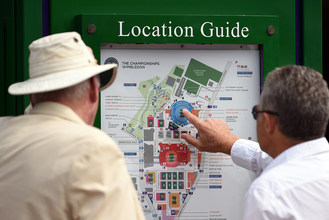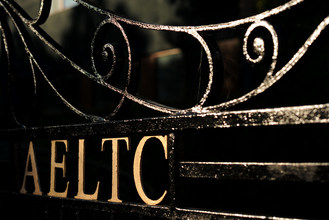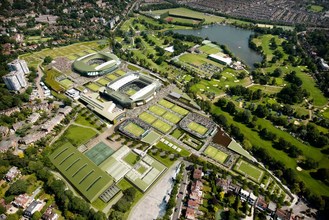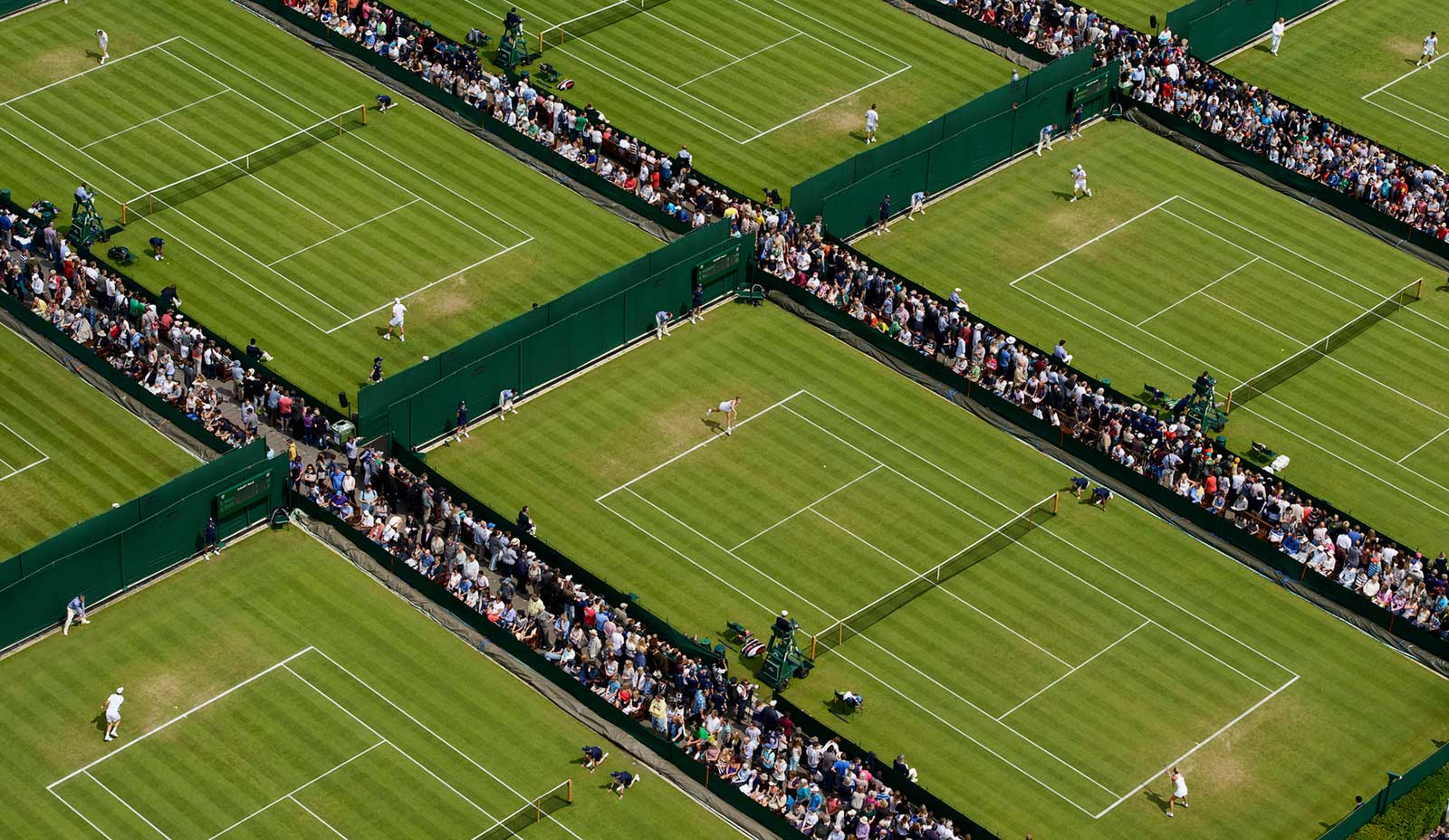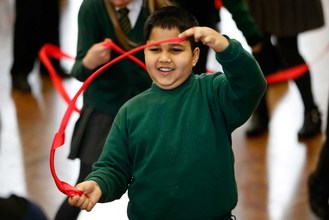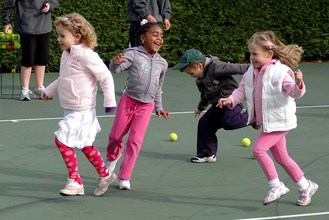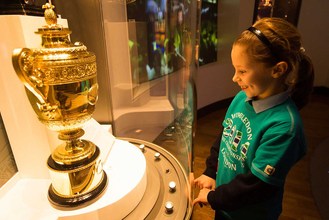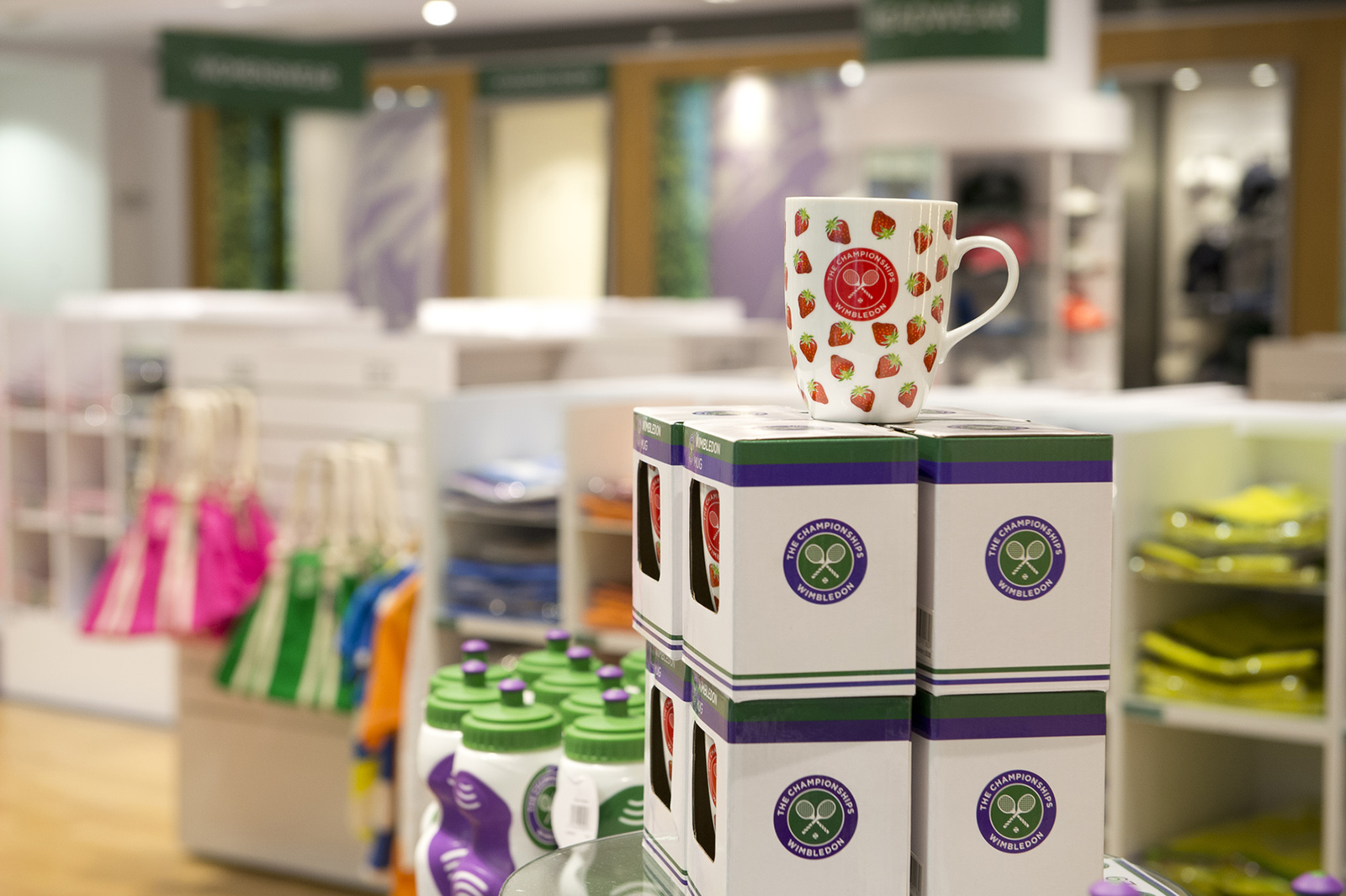“This one stands alone,” Roger Federer said after his five-set win over Rafael Nadal in the Australian Open final on Sunday. “This is in its own category.”
You can understand why Federer, despite having already won 17 Grand Slam titles - three more than any other male player - would feel that way about his 18th.
To start, he’s 35 years old. The last man to win a major at that age or older was Ken Rosewall in 1972. It had also been five years since Federer’s last Slam win, coming at The Championships 2012.
At 2-2 in the fifth set, Wawrinka reached break point, only to make an unforced error with his favorite shot, his backhand.
But how unforced was that error, exactly? Federer, it seemed, helped draw it out of Wawrinka by hitting the ball higher to Stan’s backhand than he normally would.
“I was a little bit surprised,” Wawrinka said. “I didn’t go back quickly enough when he came a little bit higher with his backhand. I was expecting him to be really aggressive on that shot and he completely changed.”
We hear a lot about Federer the artist and the athlete, but behind both of those is Federer the tactician. He’s versatile enough to change things up from one shot to the next, without having to completely change his game plan. That’s how he began his turnaround against Wawrinka, and he would do the same thing in the fifth set against Nadal.
Since the beginning of their rivalry 13 years ago, Federer had struggled to make his one-handed backhand stand up to Rafa’s topspin forehand. On Sunday, as the deciding set began, Federer was still struggling. Nadal has his heavy ground strokes locked in, and he was up an early service break.
But with Rafa serving at 2-3, Federer again changed the trajectory on his backhand. When Nadal hit a heavy loop, Federer sent one back even higher. With Rafa backed off the baseline, Federer jumped on his next backhand for a game-changing, and eventually match-changing, crosscourt winner.
“I had opportunities early on in the fifth to get back on level terms,” Federer said. “I could have been left disappointed there and accepted that fact. I kept on fighting. I kept on believing, like I did all match long today, that there was a possibility I could win this match.”
“I think that’s what made me play my best tennis at the very end of the match.”
Federer saved his best for the end of the match, and he saved some of his best tennis for the end—or close to the end—of his career. His most memorable and satisfying win, the one that, as he says, “stands alone,” came after two decades on tour. First against Wawrinka and then against Nadal, Federer reached his limit, and found out he could go beyond it.
“Can Federer win another major?” Since his last major title, at Wimbledon in 2012, this question has been asked more than any other in tennis. Now it never needs to be asked again.
Roger Federer, as he proved in Melbourne, can always win another Grand Slam.

